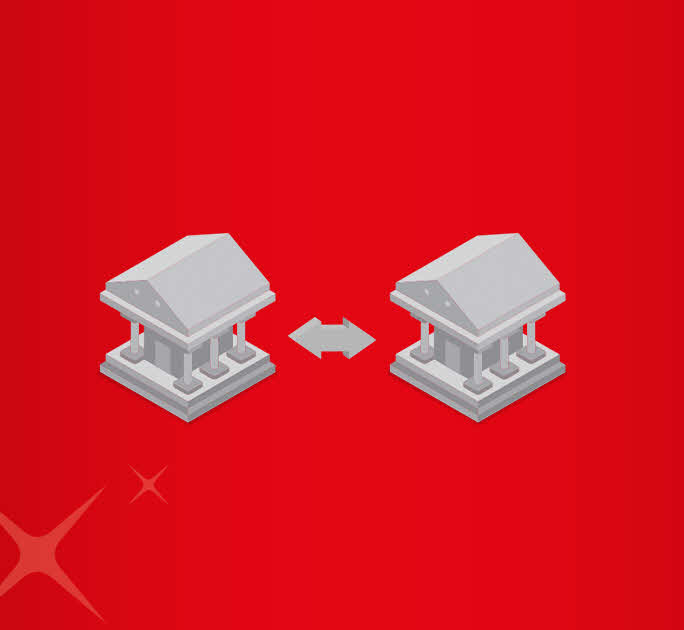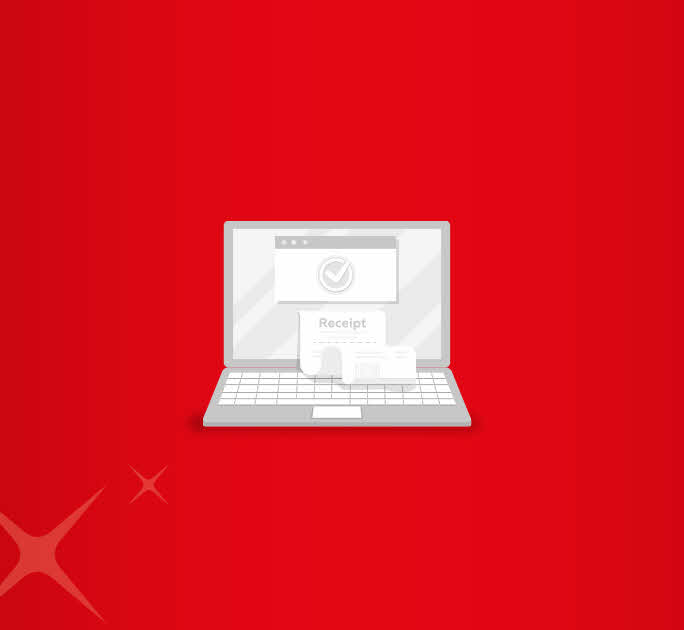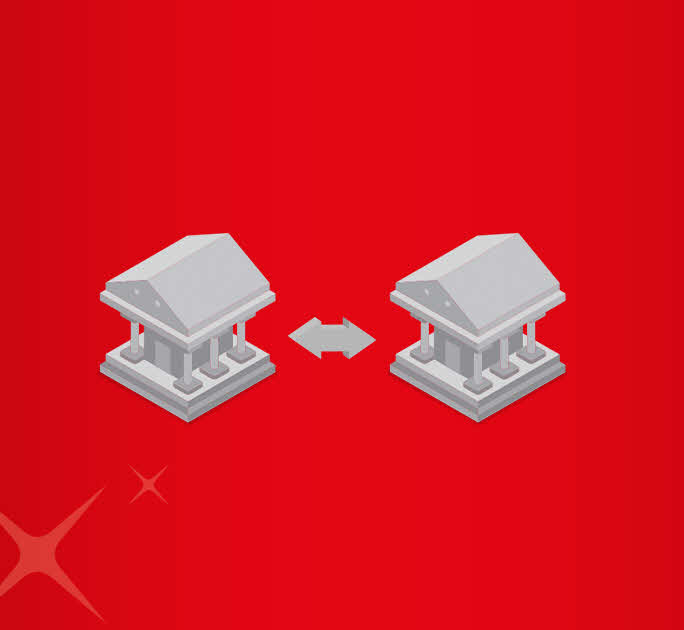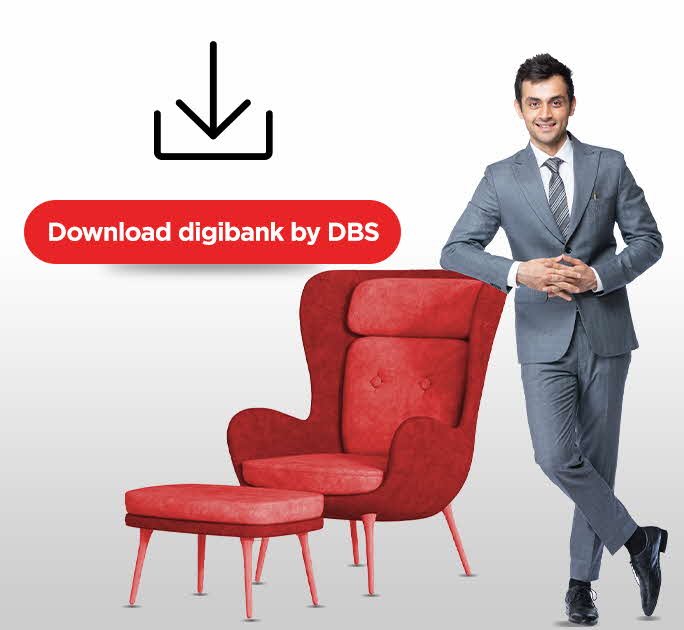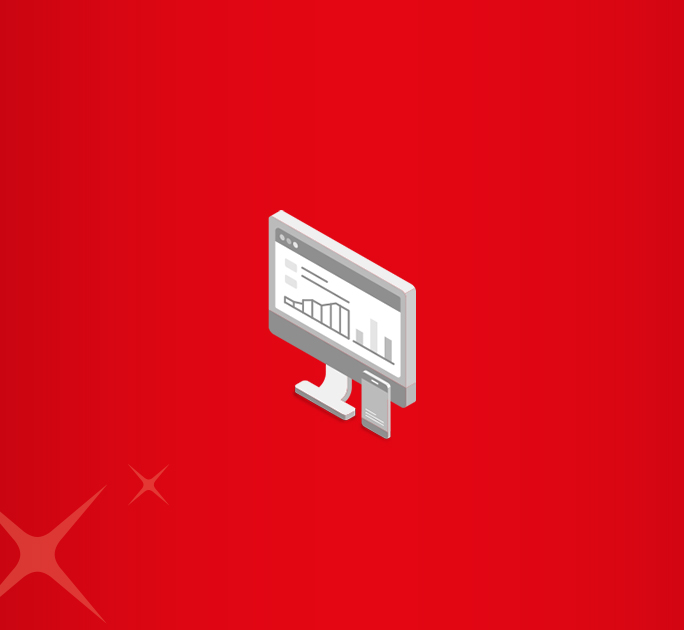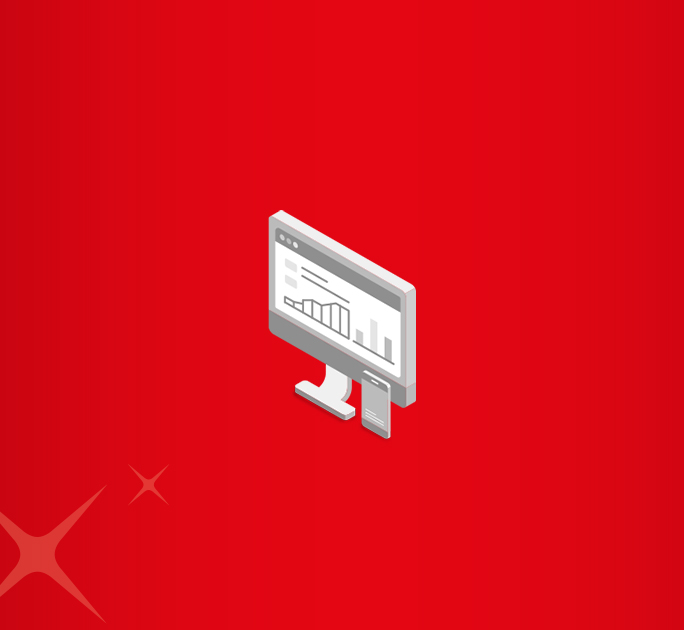- Save
- Invest
- Borrow
- Pay
- More
- Customer Services
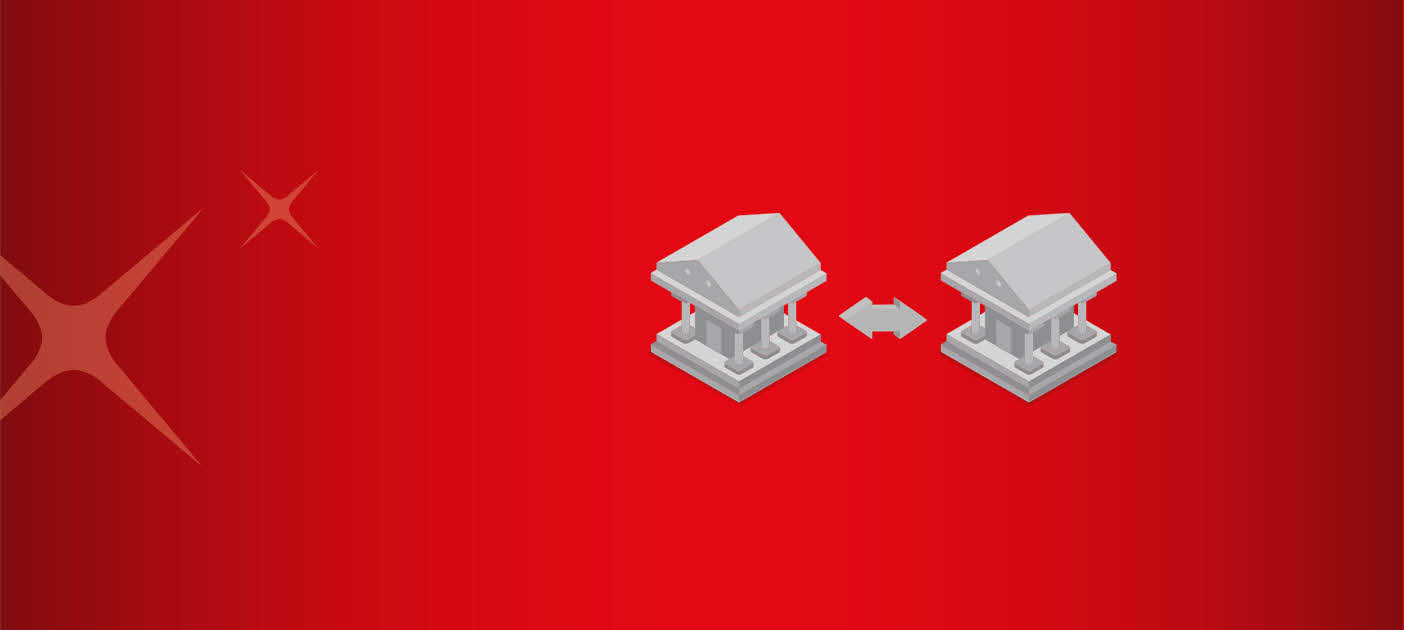
What is RTGS? Meaning, Charges & Process
Understanding the meaning and features of RTGS funds transfer service.
Key Takeaways
- RTGS stands for Real-Time Gross Settlement
- With RTGS, you can transfer funds 24x7 irrespective of bank or national holidays.
- Funds transferred through RTGS are deposited into beneficiary accounts within 30 minutes.
- RTGS enables high-value transactions with a minimum transaction limit of INR 2 Lakhs.
- You can conduct online and offline RTGS transactions, and there is no fixed upper limit.
The modern era has allowed us to enjoy newer, more convenient methods of conducting payments and settlements. However, with so many new methods of transferring funds, it can be confusing to pick one that meets your needs. This article focuses on one such payment method that has become incredibly popular in India – RTGS. Continue reading to know more.
What is RTGS in Banking? (Full Form & Meaning)
RTGS full form is Real-Time Gross Settlement. This fund transfer facility was first introduced by the Reserve Bank of India (RBI) in 2004. It is a system that allows continuous real-time transfer of funds. The word ‘real-time’ highlights the nature of the transfer wherein the instructions are processed at the time they are received as opposed to after a delay or waiting period. Subsequently, the term ‘gross settlement’ means that the instructions for the transfer of funds are handled on an instruction-by-instruction basis. This transfer method is generally designed for high-value transactions, and you can use it for online and offline transactions.
Features and benefits of RTGS transactions
When it comes to high-value transactions, RTGS offers several advantages to ensure quick and secure transfer of funds. Here are some key benefits of RTGS payment option:
- RTGS payments are highly secure since they are regulated by the Reserve Bank of India.
- There is no maximum limit on your transfer amount when you opt for RTGS through a bank branch.
- With RTGS, you can initiate and complete real-time fund transfers into the bank accounts of your intended beneficiaries.
- The beneficiary receives the fund credits within 30 minutes.
- You do not need to submit any cheque or demand draft to conduct RTGS transactions.
- Your funds are protected from loss or theft or even fraudulent encashment from beneficiaries.
- You can initiate the transfer from anywhere with internet and mobile banking.
How Does RTGS Work? (RTGS Process)
In RTGS banking, funds move from one account to another in real time. The RTGS process works like this:
- You request a transfer from your bank.
- The bank verifies your details and balance.
- It sends the instruction to the RBI’s RTGS system.
- The RBI clears and settles the payment instantly.
- The receiving bank credits the beneficiary’s account.
- You receive confirmation once the transfer is complete.
Example:
At 11:00 a.m., you send INR 5,00,000 from Bank A in Mumbai to Bank B in Delhi. The beneficiary receives the funds in their account in a few hours.
What are RTGS Limits, Fees, and Charges
Before using RTGS for a fund transfer, it’s important to know the applicable RTGS limits, the operating schedule, and any fees and charges that may apply.
RTGS Transaction Limits
- As per RBI mandate the minimum amount of RTGS in banking is INR 2 lakh.
- Banks may set their own RTGS maximum limit for fund transfers.
- RTGS payment are available for 24 hours a day, seven days a week and throughout the year.
RTGS Customer Fees and Charges
- There are no charges for Inward RTGS payments.
- A fee of INR 30 is charged for outward RTGS process for amounts between INR 2 lakh and 5 lakh.
- If the RTGS amount exceeds INR 5 lakhs, a fee of INR 55 is applicable.
- Online RTGS payments through internet or mobile banking are free of charge.
DBS Bank offers zero charges on RTGS, NEFT and IMPS transfers with its high-interest rate savings account, whether you transfer funds online or at a branch.
How to Initiate an RTGS Transfer
Real-Time Gross Settlement (RTGS) allows quick and secure transfer of large-value funds. Depending on your preference, you can complete the transaction online or at your bank branch.
Via Internet Banking
Internet banking is one of the most convenient ways to carry out an RTGS transfer. Follow these simple steps to transfer funds:
Step 1: Login to you Internet Banking Platform.
Step 2: Select ‘Fund Transfer’ option in the main menu.
Step 3: Choose ‘RTGS Transfer’
Step 4: If it’s a new beneficiary, choose ‘Add New Beneficiary’ option and enter the recipient’s account details.
Note: Beneficiary activation can take 24 to 48 hours, depending on the bank.
Step 5: Enter the transfer amount (minimum 2 lakhs) and choose the account to send money to.
Mobile Banking Apps
RTGS payment can also be initiated through your bank’s mobile app.
Step 1: On your bank's mobile app go to ‘Transfer’ or ‘Send Money’ option and select RTGS payment.
Step 2: Select from existing beneficiaries or add new one by entering receiver’s bank details.
Step 3: Enter the transfer amount and select the source account.
Step 4: Review all details carefully and initiate the transfer.
DBS Bank Savings Account holders can easily initiate RTGS transfer through DBS Digibank app with the ability to track and schedule payments for up to 3 days in advance.
At Bank Branch
For those who prefer in-person banking, RTGS transfers can also be initiated directly at your home branch as per the following process:
Step 1: Carry an ID proof and account related documents.
Step 2: Make a request for RTGS transfer, you will be provided an RTGS form.
Step 3: Complete the RTGS form and submit the required documents.
Step 4: After validating all the details, you will be provided an acknowledgement receipt with UTR number for future reference.
Details Required for RTGS Transactions
To ensure a successful RTGS transfer, you’ll need to provide accurate details of the beneficiary, transaction, and sender. Below are the key requirements.
- Beneficiary Information: These details help the bank identify the recipient’s account accurately.
- Transaction Information: Every transfer must include the amount, reason for payment, and other key instructions.
- Sender Information: Your account and contact details are necessary to validate and authorize the transfer.
- Other Requirements: Banks also follow certain operational guidelines and cut-off timings that you should be aware of.
- Documents for Branch Transfers: If you’re visiting a branch, supporting documents are mandatory for verification.
- Compliance Notes: Some transfers may need extra documentation to meet RBI and tax regulations.
Things to Consider While Initiating RTGS Transactions
When making an RTGS payment it’s important to consider a few aspects to ensure that the transfer of funds is done correctly:
- Ensure that the receiver’s bank branch is part of the RTGS network.
- Double check beneficiary’s details such as account type, name and IFSC to avoid any errors. You can also utilize the name look-up facility for better accuracy.
- Use the UTR number to track your fund transfer, it is also required for lodging any disputes.
- Ensure that your account status and KYC status are updated, high value transfers can be blocked due to out-of-date KYC or account restrictions.
- Make sure to check with your bank if there is any technical downtime or value-date cut-offs before making the transfers.
RTGS vs NEFT – Key Differences
Now that we have covered the details about RTGS payment, it’s also important to know what is the difference between NEFT and RTGS payments, so that you can choose the right option for transferring money, refer to this table below to understand their key differences:
|
Aspects |
NEFT |
RTGS |
|
Payment Processing |
Payment is processed in batches |
Payments are done in real-time basis |
|
Amount Limits |
Up to INR 2 lakhs |
INR 2 lakhs and above (no RTGS maximum limit) |
|
Settlement Time |
Within hours |
Instant |
|
Operating Hours |
24 x7 on all days throughout the year |
24 x7 on all days throughout the year |
|
Cash Remittance for funds transfer |
A non-account holder can transfer funds through NEFT by remitting amounts up to INR 50,000 |
Funds can only be transferred between accounts. |
Final Note
RTGS in banking enables quick and secure transfer of high-value funds. With features like real-time settlement, beneficiary name validation, and low charges, it remains a reliable option for large transactions. By opening a bank account online with DBS Bank, you can access RTGS benefits such as seamless payments through the DBS digibank app and zero charges on fund transfers.
*Disclaimer: This article is for information purposes only. We recommend you get in touch with your income tax advisor or CA for expert advice.

